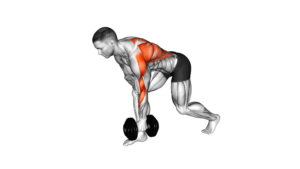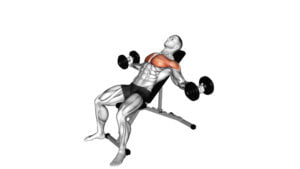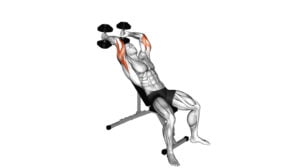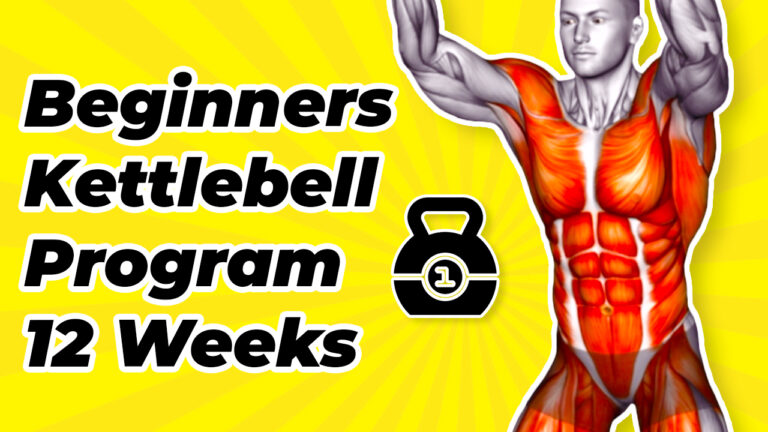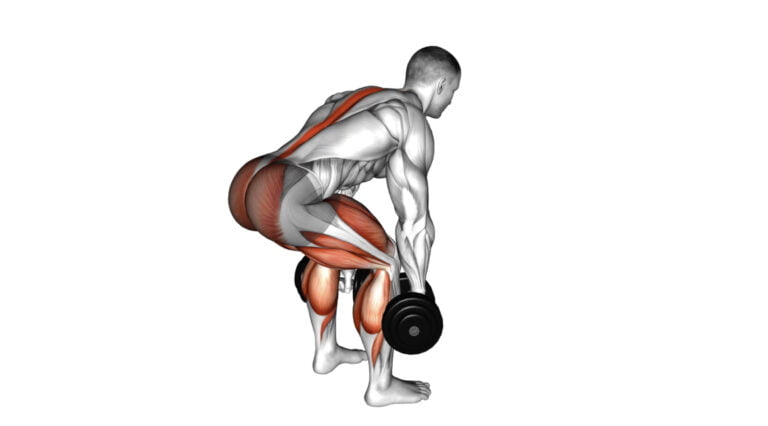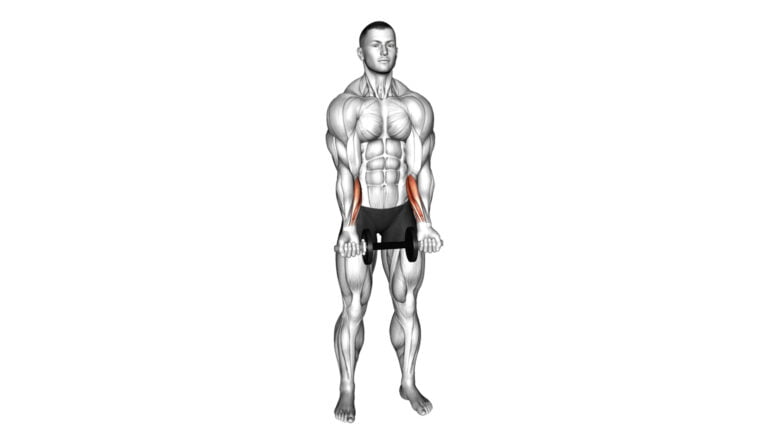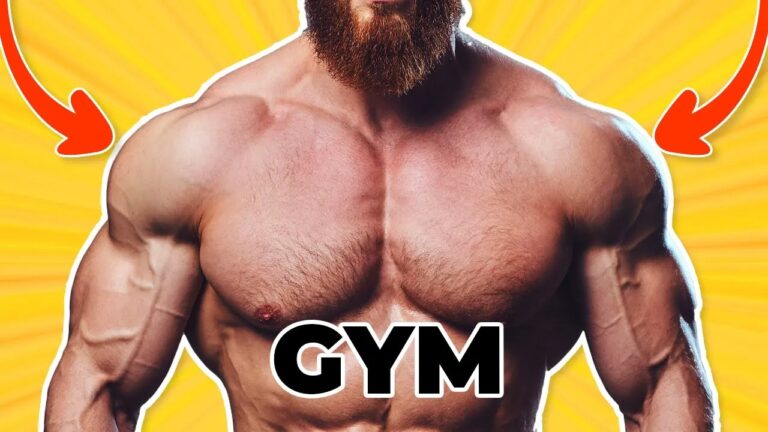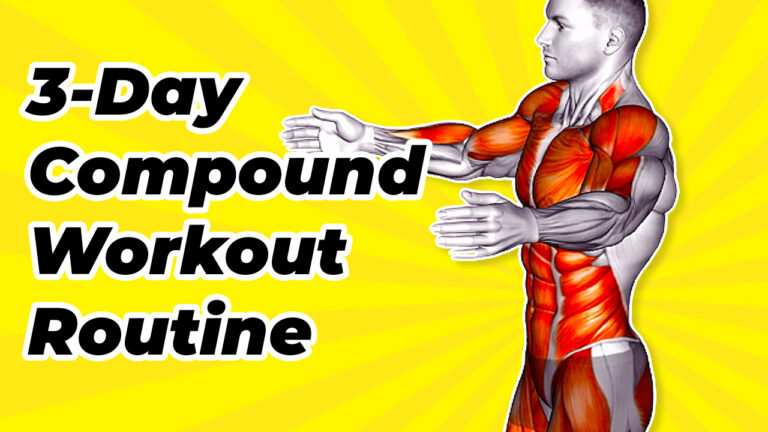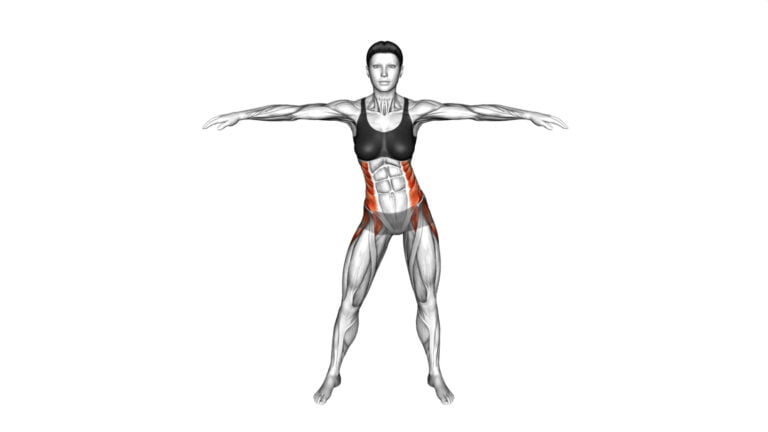Discover The 5 Best Horizontal Pull Exercises For Building A Strong Back
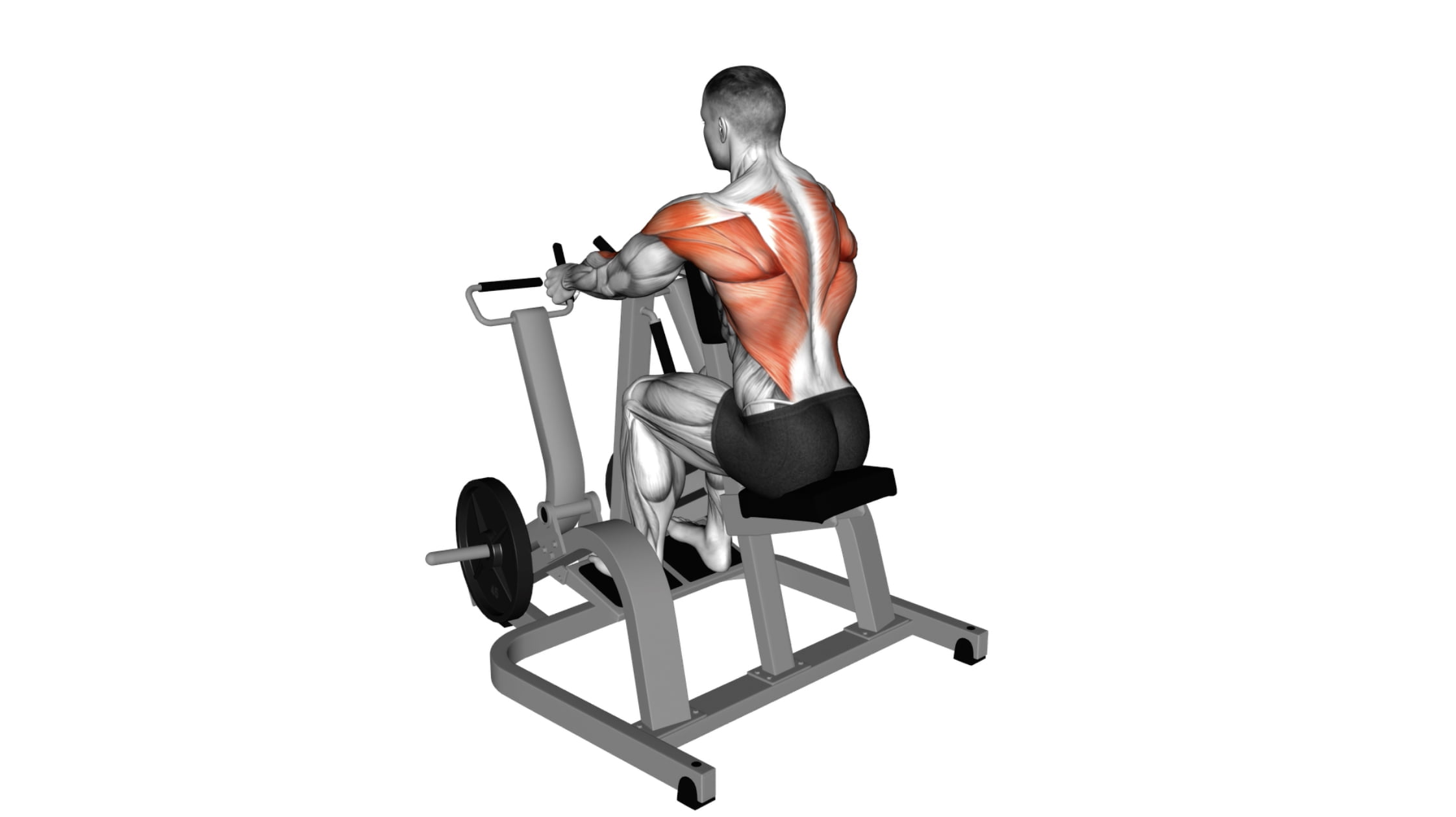
Building a strong back is not just about aesthetics; it’s foundational to overall strength and functional fitness. As a seasoned fitness trainer with years of experience sculpting resilient backs, I’ve seen firsthand the transformative power of horizontal pull exercises.
These moves are pivotal for anyone looking to build muscle, enhance athletic performance, or simply improve their posture—and yet, they often don’t get the attention they deserve.
Horizontal pull exercises are golden tickets to unlocking superior back strength and achieving that coveted V-shaped torso. Among these movements lie the best horizontal pull exercises—each one precision-engineered to target muscles like your latissimus dorsi and trapezius for maximum impact.
Stay tuned as we reveal five game-changing workouts that will rejuvenate your routine and propel you towards tangible results. Ready? Let’s dive in!

Key Takeaways
- Horizontal pull exercises are essential for building a strong back and improving posture through targeting muscles like the latissimus dorsi, rhomboids, and trapezius.
- These exercises not only help in muscle strengthening but also play a significant role in preventing injuries by promoting balanced development across various upper body muscle groups.
- The top 5 horizontal pull exercises include Lever Neutral Grip Seated Row, Dumbbell Hammer Grip Incline Bench Two-Arm Row, Cable Half Kneeling Single Arm Row, Cable Elevated Row, and Barbell Bent Over Row.
- Proper form is critical when performing these exercises to maximize effectiveness and prevent injury; this involves maintaining a straight back, controlled movements, full range of motion, core engagement, appropriate weight selection according to fitness level and avoiding excessive momentum.
- Incorporating horizontal pull exercises into workout routines adds versatility as they can be adapted for different fitness levels by adjusting weights and reps.
Understanding Horizontal Pull Exercises
Horizontal pull exercises involve movements that target the muscles of the back, shoulders, and arms. These exercises are essential for building a strong and defined back, improving posture, and preventing injuries.
Definition and Purpose
Horizontal pull exercises are strength training movements where you draw weight toward your torso while keeping your elbows close to the body. They engage multiple muscle groups across the upper body, including lats, shoulders, biceps brachii, rear deltoids and muscles surrounding your spine.
The purpose is to build muscular endurance and increase overall back strength.
These compound exercises require coordinated movements that not only sculpt a powerful upper body but also promote functional fitness. They mimic everyday activities like pulling open a door or rowing a boat.
By incorporating horizontal pulls into your workout regimen, you enhance posture and reduce risk of shoulder joint injuries while developing an impressive back musculature that’s crucial for lifting objects in daily life and excelling in various sports.
Targeted Muscles
Understanding which muscles are engaged in horizontal pull exercises can help you visualize the work your body is doing. These movements primarily target your upper and mid-back muscles, including the latissimus dorsi, rhomboids, and trapezius.
Your biceps and posterior deltoids also play a supporting role as secondary movers during these routines. Engaging in exercises like barbell rows or cable pulls activates these muscle groups to not only strengthen but also sculpt a well-defined back.
Moreover, good form ensures that even stabilizing muscles around your shoulder blades will benefit from horizontal pull exercises. The rotator cuff gets involved too, making this category of workout essential for creating an all-around stronger upper body.
You’ll feel the involvement of these targeted areas as they provide power for each rowing motion or when pulling up on handles and bars with controlled repetition—promoting balanced muscular development that complements other fitness activities such as bench press or deadlifts.
Importance for Building Strong Back Muscles
Strong back muscles play a crucial role in overall body stability and posture. They help keep the spine aligned, reducing stress on the lower back and decreasing the risk of pain or injury.
Developing these muscles through horizontal pull exercises can improve your ability to perform everyday activities with ease, from lifting groceries to playing sports. With a well-conditioned back, you’re also better equipped to tackle more intense workouts and prevent overuse injuries that can come from weak muscle support.
Engaging regularly in exercises like rows and pull-ups will not only enhance your physical capabilities but also contribute to a more sculpted physique. A strong back allows for better performance in other lifts such as squats and deadlifts, since power generated from your core often starts with those upper body muscles.
It’s essential for keeping up with strength training regimens or any activity requiring upper body engagement—whether you’re doing bicep curls or bracing yourself on the yoga mat—and ensures every movement is anchored by robust muscular support.
Top 5 Horizontal Pull Exercises
Get ready to strengthen your back with these top 5 horizontal pull exercises. From the lever neutral grip seated row to the barbell bent over row, we’ve got you covered with a variety of effective movements to build a strong and defined back.
1. Lever Neutral Grip Seated Row
How to perform the Lever Neutral Grip Seated Row exercise? Sit on the rowing machine with your chest against the pad and grab the handles with a neutral grip. Pull the handles towards you, keeping your elbows close to your body, and squeeze your shoulder blades together at the end of the movement.
Lower the handles back to the starting position in a controlled manner while keeping tension on your back muscles throughout.
This exercise targets the upper back, rear shoulders, and biceps. It’s an excellent choice for developing overall back strength and improving posture. The neutral grip reduces strain on the wrists and elbows while allowing for a deeper contraction in the back muscles.
2. Dumbbell Hammer Grip Incline Bench Two Arm Row
How to perform the Dumbbell Hammer Grip Incline Bench Two Arm Row exercise? Sit on an incline bench with a dumbbell in each hand, palms facing each other. Keep your back straight and core engaged. Let the dumbbells hang at arm’s length towards the floor. Pull the dumbbells up toward your ribcage, keeping your elbows close to your body.
Squeeze your shoulder blades together at the top of the movement for maximum engagement of the back muscles.
Lower the dumbbells back down slowly and repeat for the desired number of repetitions. This exercise targets primarily the lats and upper back muscles while also engaging the biceps and forearms to stabilize and control the movement throughout.
3. Cable Half Kneeling Single Arm Row
How to perform the Cable Half Kneeling Single Arm Row exercise? Sit on the floor with your left knee bent at a 90-degree angle and your right leg extended to the side. Grip the cable handle with your right hand, keeping your torso upright and core engaged.
Initiate the movement by pulling the handle towards your torso while retracting your shoulder blade. Pause briefly at the top of the movement, then slowly extend your arm back to the starting position.
Engage in this exercise to target your latissimus dorsi, rhomboids, and trapezius muscles for improved back strength and muscle definition. Additionally, it helps correct muscular imbalances that can lead to reduced risk of injury during other activities such as lifting or sports.
4. Cable Elevated Row
To perform the Cable Elevated Row, stand facing a cable machine with the pulley set to the lowest level. Grasp a D-handle or straight bar attachment and step back until your arms are fully extended in front of you.
Keep your feet hip-width apart, knees slightly bent, and torso upright. Pull the handle towards your lower chest by retracting your shoulder blades and keeping your elbows close to your body.
Pause for a moment at the top of the movement before slowly returning to the starting position.
This exercise effectively targets the muscles in your upper back while also engaging your biceps and forearms. It promotes better posture and strengthens your pulling muscles, aiding in overall back development.
The Cable Elevated Row provides an excellent variation to traditional rowing exercises, allowing for increased range of motion while maintaining proper form.
5. Barbell Bent Over Row
The barbell bent over row is a compound exercise that targets multiple muscles in the back, including the latissimus dorsi and the rhomboids. To perform this exercise, stand with your feet shoulder-width apart and hold a barbell with an overhand grip, keeping your back straight and knees slightly bent.
Then, hinge forward at the hips and lower the bar towards the floor before pulling it up to touch your abdomen. This movement engages your back muscles as you pull the weight toward you using controlled movements.
Incorporating barbell bent over rows into your workout routine can help strengthen your back, improve posture, and enhance overall upper body strength. Additionally, this exercise also engages other muscle groups like biceps and shoulders while promoting stability through targeted core engagement.
How to Properly Perform the Exercises
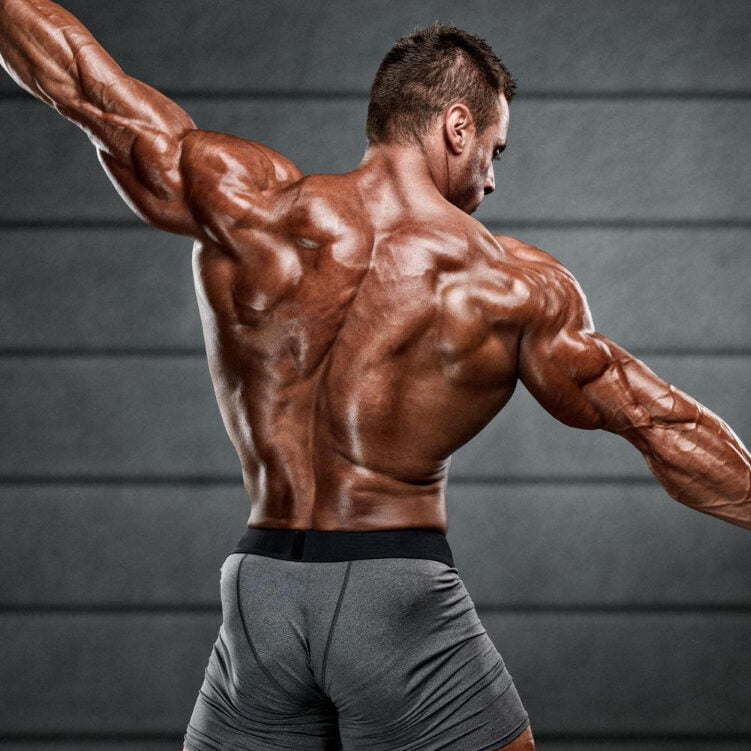
To properly perform the horizontal pull exercises, it’s important to choose the right weight for your fitness level and focus on maintaining correct form throughout each movement. Recommended sets and reps can vary based on individual goals and experience, so be sure to consult with a fitness professional if needed.
Additionally, paying attention to tips for correct form, such as keeping the shoulders back and down or engaging the core, can help maximize the effectiveness of each exercise.
Choosing the right weight
Selecting the appropriate weight for horizontal pull exercises is crucial for maximizing their effectiveness. Begin by choosing a weight that allows you to perform each repetition with proper form and technique.
Gradually increase the resistance as your strength improves, ensuring that the last 2-3 repetitions of each set are challenging but manageable. Adjusting the weight according to your individual capabilities will help you achieve optimal results while minimizing the risk of injury or overexertion.
By selecting suitable weights based on your current fitness level and regularly reassessing as you progress, you can ensure consistent improvement in back strength and muscle definition.
Recommended Sets And Reps
Choosing the right weight is crucial before determining the recommended sets and reps. For optimal muscle growth, aim for 3-4 sets of 8-12 repetitions per exercise. Adjust the weight to ensure that the last few reps are challenging but still maintain proper form.
As you progress, gradually increase the resistance while reducing the number of repetitions to continue challenging your muscles efficiently and effectively.
Tips for Correct Form
To maximize the benefits of horizontal pull exercises, it’s essential to ensure proper form and technique. Here are detailed tips for maintaining correct form during these exercises:
- Keep your back straight and chest up throughout the movements to engage your back muscles effectively.
- Maintain a controlled and smooth motion, avoiding any jerky or sudden movements that can strain your muscles.
- Focus on initiating the movement from your back muscles rather than relying excessively on your arms to pull the weight.
- Ensure a full range of motion by extending your arms fully at the starting position and retracting your shoulder blades as you pull the weight towards you.
- Engage your core by bracing your abdominal muscles, which helps stabilize your body during the exercise.
- Avoid excessive momentum by using a weight that allows you to perform the exercise with deliberate and controlled movements.
- Pay attention to your grip, ensuring it’s secure but not overly tight to prevent unnecessary strain on your hands and wrists.
- Adjust equipment such as seats or benches to ensure they provide proper support and alignment for executing each exercise with optimal form.
- Lastly, breathe consistently throughout each repetition, exhaling during the exertion phase and inhaling during the release phase to maintain a steady flow of oxygen to your muscles.
Benefits of Incorporating Horizontal Pull Exercises
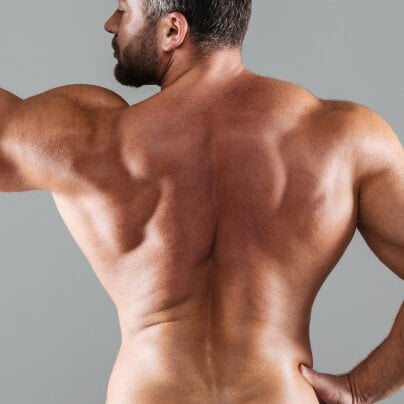
Incorporating horizontal pull exercises into your workout routine can lead to improved back strength and muscle definition, reduced risk of injuries, and the ability to correct imbalances.
Discover how these exercises can benefit you by continuing to read more about their impact on your overall fitness journey.
Improved Back Strength and Muscle Definition
Strengthening your back muscles through horizontal pull exercises such as cable rows and dumbbell rows not only boosts your overall back strength but also helps to define and build muscle in this important area.
By incorporating these exercises into your workout routine, you can achieve a more defined and sculpted back, enhancing both the appearance and functionality of this crucial muscle group.
Performing horizontal pull exercises engages various muscles of the upper, middle, and lower back, including the latissimus dorsi, rhomboids, trapezius, and erector spinae. This comprehensive engagement results in increased muscular definition throughout the entire back region while concurrently improving overall strength for better posture, stability, and performance in daily activities or fitness pursuits.
Reduced Risk of Injuries
Incorporating horizontal pull exercises into your workout routine can lead to a reduced risk of injuries. By strengthening the muscles in your back, shoulders, and arms, you can improve overall stability and support for your upper body.
This added strength and stability can help prevent common injuries such as strains and sprains, especially when performing activities that involve heavy lifting or repetitive movements.
Furthermore, engaging in horizontal pull exercises encourages balanced muscle development throughout the upper body. This balance is essential for reducing the risk of overuse injuries and imbalances that may occur from an uneven distribution of strength within the muscle groups.
Can Help Correct Imbalances
Correcting imbalances is crucial for overall strength and functionality. Horizontal pull exercises specifically target the muscles in the upper back, shoulders, and arms. By incorporating these exercises into your workout routine, you can effectively address any weaknesses or asymmetries in those areas.
This can lead to a more balanced physique and reduce the risk of injuries associated with muscle imbalances.
Engaging in horizontal pull exercises helps correct any discrepancies between sides, ensuring that both the left and right sides of your body are equally strong. As a result, you’ll experience improved posture, better movement patterns, and enhanced stability during various daily activities or sports performance.
Versatility for Different Fitness Levels
Horizontal pull exercises offer versatility for individuals of varying fitness levels. Whether you’re a beginner or an experienced athlete, these exercises can be adapted to suit your current strength and conditioning.
By adjusting the weight, reps, and sets, they can provide effective workouts for everyone from those just starting out on their fitness journey to seasoned gym-goers looking to intensify their training regimen.
The adaptability of horizontal pull exercises makes them accessible to a wide range of individuals seeking to improve back strength and overall muscle definition.
Conclusion
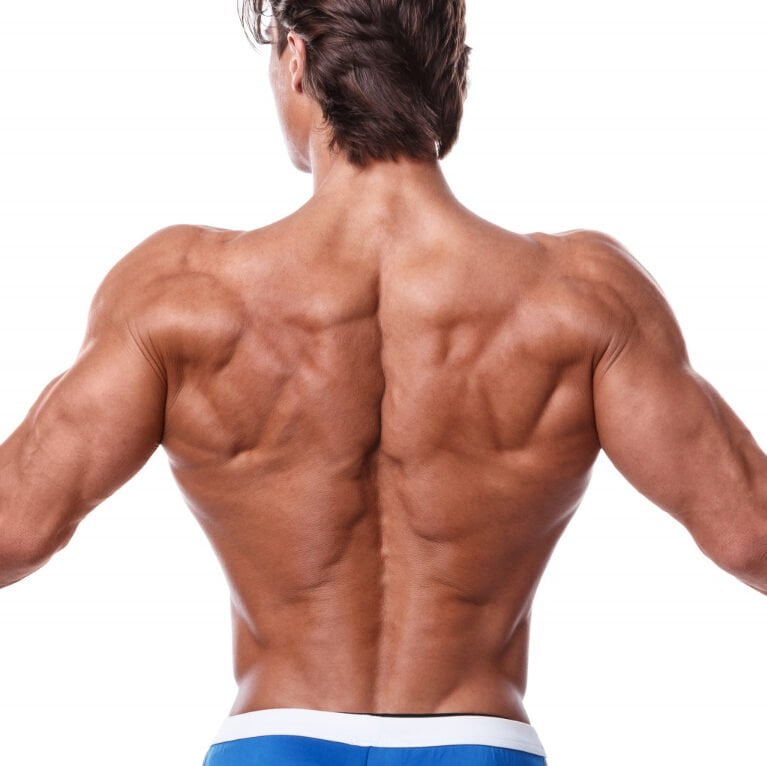
In conclusion, mastering the top 5 horizontal pull exercises is key to building a strong back. By incorporating these exercises into your routine, you can improve back strength and muscle definition.
Emphasize correct form and technique for maximum benefits. These practical tips are essential for reducing the risk of injuries and correcting muscle imbalances. Take action today by integrating these effective exercises into your workout regimen for a powerful and resilient back.
FAQs
1. What are the best horizontal pull exercises for a strong back?
The best horizontal pull exercises include inverted rows, lat pulldowns, and chin-ups that engage your rear delts, scapulas, and other back muscles.
2. Can you do horizontal pulls at home?
Yes! You can use a sturdy chair for inverted rows or a pull-up bar for chin-ups. Bodyweight exercises like these are great ways to work out from home.
3. Are free weights important in building a stronger back?
Absolutely! Exercises like bent-over flyes with kettlebells help target the upper back and improve hypertrophy when performed in a stable standing position.
4. How do I avoid overuse injury while doing horizontal pull exercises?
To avoid overuse injuries during these workouts, ensure proper form by keeping your pelvis braced and avoiding excess flexion or hyperextension of your spine.
5. Do push-ups count as horizontal pulling exercise?
No, push-ups aren’t considered as horizontal pulling; they’re actually pushing movements. Pulling actions involve retraction of the scapulas whereas push-ups focus on chest and arm flexor muscles through flexing motions.

Author
Years ago, the spark of my life’s passion ignited in my mind the moment I stepped into the local gym for the first time. The inaugural bead of perspiration, the initial endeavor, the very first surge of endorphins, and a sense of pride that washed over me post-workout marked the beginning of my deep-seated interest in strength sports, fitness, and sports nutrition. This very curiosity blossomed rapidly into a profound fascination, propelling me to earn a Master’s degree in Physical Education from the Academy of Physical Education in Krakow, followed by a Sports Manager diploma from the Jagiellonian University. My journey of growth led me to gain more specialized qualifications, such as being a certified personal trainer with a focus on sports dietetics, a lifeguard, and an instructor for wellness and corrective gymnastics. Theoretical knowledge paired seamlessly with practical experience, reinforcing my belief that the transformation of individuals under my guidance was also a reflection of my personal growth. This belief holds true even today. Each day, I strive to push the boundaries and explore new realms. These realms gently elevate me to greater heights. The unique combination of passion for my field and the continuous quest for growth fuels my drive to break new ground.

